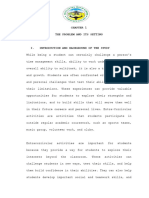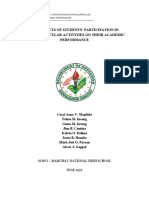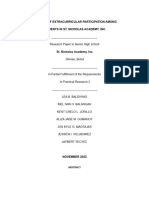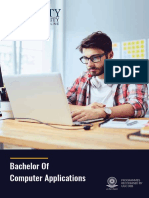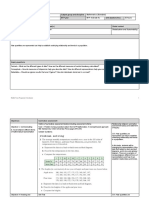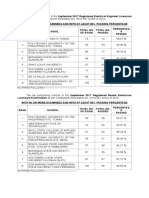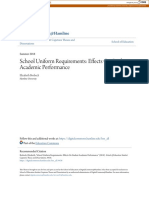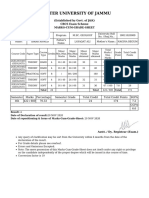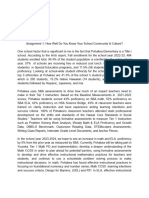0% found this document useful (0 votes)
394 views10 pagesExtracurricular Activities
This study investigates the impact of extracurricular activities (ECAs) on the holistic development and academic performance of students in Kulaman District 1, Philippines. Findings reveal that participation in ECAs significantly enhances students' physical, mental, emotional, and spiritual growth, leading to improved academic outcomes in subjects like English, Math, and MAPEH. The research emphasizes the need for tailored ECA programs to foster personal development and academic success among students.
Uploaded by
Buado TJCopyright
© © All Rights Reserved
We take content rights seriously. If you suspect this is your content, claim it here.
Available Formats
Download as PDF, TXT or read online on Scribd
0% found this document useful (0 votes)
394 views10 pagesExtracurricular Activities
This study investigates the impact of extracurricular activities (ECAs) on the holistic development and academic performance of students in Kulaman District 1, Philippines. Findings reveal that participation in ECAs significantly enhances students' physical, mental, emotional, and spiritual growth, leading to improved academic outcomes in subjects like English, Math, and MAPEH. The research emphasizes the need for tailored ECA programs to foster personal development and academic success among students.
Uploaded by
Buado TJCopyright
© © All Rights Reserved
We take content rights seriously. If you suspect this is your content, claim it here.
Available Formats
Download as PDF, TXT or read online on Scribd
/ 10












